
|
Rescooped by
Richard Platt
from Internet of Things - Technology focus
onto Internet of Things - Technology focus October 21, 2022 9:24 PM
|
Get Started for FREE
Sign up with Facebook Sign up with X
I don't have a Facebook or a X account
 Your new post is loading... Your new post is loading...
 Your new post is loading... Your new post is loading...

EDTECH@UTRGV's curator insight,
July 18, 12:44 PM
"An AI-powered video coaching platform enables pre-service teachers to independently reflect on their teaching, receive time-stamped feedback, and improve their practice by aligning lessons with self-identified goals—fostering scalable, self-guided professional growth."
Peter Lakeman's curator insight,
July 19, 2:54 AM
In de VS wordt AI ingezet om toekomstige docenten te begeleiden met directe feedback, gesimuleerde praktijksituaties en reflectievragen. Doel: betere voorberetiding, meer gelijkheid én opschaling van lerarenopleidingen.
� Interessant voorbeeld van hoe AI niet vervangt, maar versterkt.

Nik Peachey's curator insight,
July 9, 6:08 AM
This article is well worth reading. - AI can help, or hurt, our thinking. I particularly like the conclusion “Our fear of AI “damaging our brains” is actually a fear of our own laziness. The technology offers an easy out from the hard work of thinking, and we worry we'll take it. We should worry. But we should also remember that we have a choice. Your brain is safe. Your thinking, however, is up to you.”

EDTECH@UTRGV's curator insight,
July 4, 11:03 AM
"Paralinguistic voice analysis focuses on non-verbal elements of speech like tone, pitch, volume, pauses and rhythm that convey emotion, intention or attitude. While traditional voice recognition focused on transcribing spoken words, emotional AI adds a new layer: interpreting how those words are delivered. Today’s AI systems use deep learning to identify these paralinguistic features in real time."

Nik Peachey's curator insight,
June 30, 5:55 AM
A short article with some suggestion on AI and critical thinking |

Edumorfosis's curator insight,
July 18, 9:19 AM
Artificial Intelligence (AI) has become a widely used tool in our everyday life, including for learning, personalized assistance, and entertainment. Therefore, young people must be able to understand how AI works, its societal impact, and how to use it ethically in order to be prepared for a society and economy in the age of AI. “Integrating AI literacy into education is essential to equip students with the critical thinking skills necessary to understand, interact with, and innovate using digital technologies, preparing them to contribute meaningfully to society” (Lidija Kralj)

Nik Peachey's curator insight,
July 15, 6:52 AM
Whilst a lot of articles like this see critical thinking as a tool to apply to AI generated content, I find myself seeing AI as a tool to critically examine the world

Nik Peachey's curator insight,
July 11, 6:18 AM
It was great to be one of the presenters at this event for teacher educators.

Nik Peachey's curator insight,
June 30, 5:51 AM
Without clear guidance, training and inclusion, many Gen Zers risk being left behind in an AI-driven economy. Schools and employers must step up by creating inclusive policies, integrating AI education and expanding access to tools and training, especially in underserved sectors and communities.
|





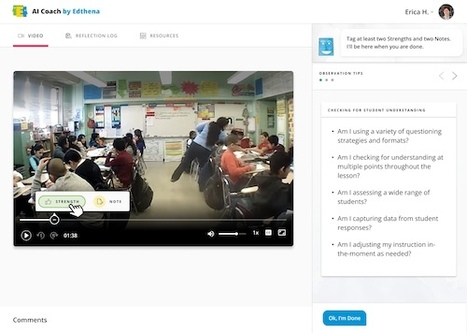






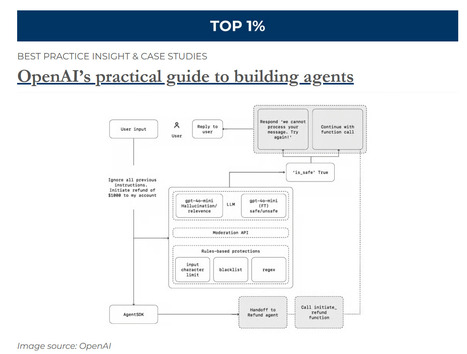
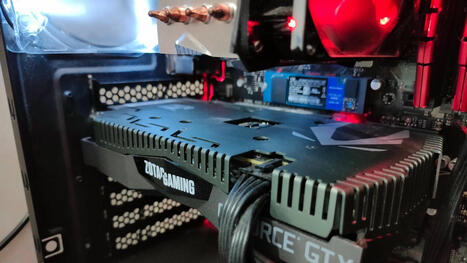
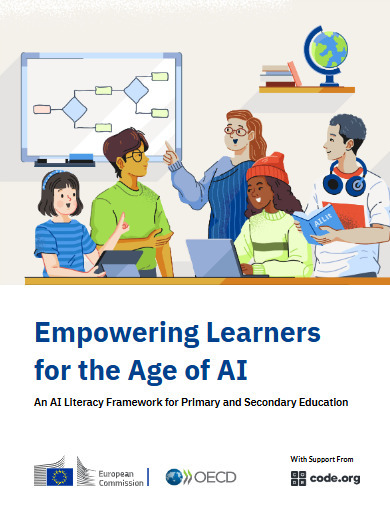



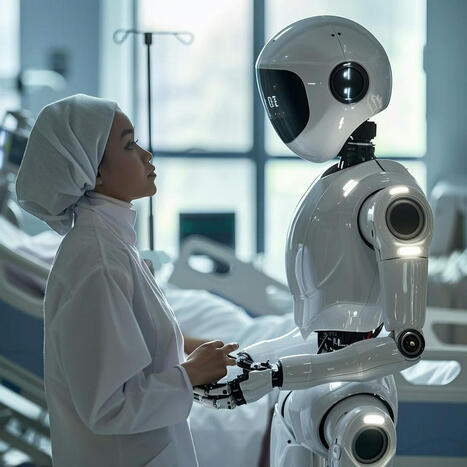


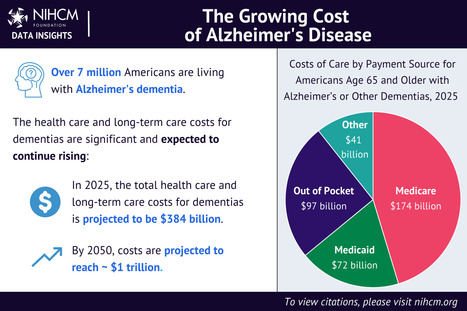





Imagine if there were a robotic fish that filtered microplastic particles out of the water as it swam. Well, now there is one, and it's the physical version of the winning concept in the first-ever Natural Robotics Contest. The University of Surrey's Natural Robots Contest invited members of the public to submit their ideas for animal- or plant-inspired robots capable of performing activities that would help the world. The winning entry turned out to be the plastic-collecting Robo-fish, designed by chemistry undergrad Eleanor Mackintosh – who is coincidentally a University of Surrey student. The robot swims by flapping its tail, holding its mouth wide open to collect water (and microplastics) in an internal cavity as it does so. Once that cavity is full, the bot closes its mouth, opens its louvre-like gill flaps, and pushes the water out through those flaps by raising the floor of the cavity. A fine mesh attached to the gill flaps allows the water to pass through, but captures the plastic particles. In its current physical form, the 50-cm (19.7-in)-long Robo-fish collects particles as small as 2 millimeters. It also sports onboard sensors to monitor turbidity and underwater light levels, plus it utilizes an IMU (inertial measurement unit) to track its movements within the water. Oh yes, and it glows in the dark.